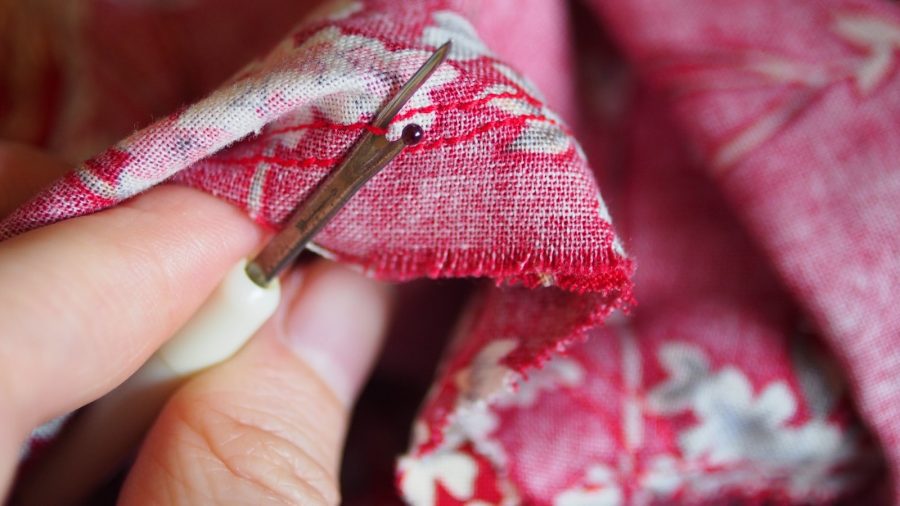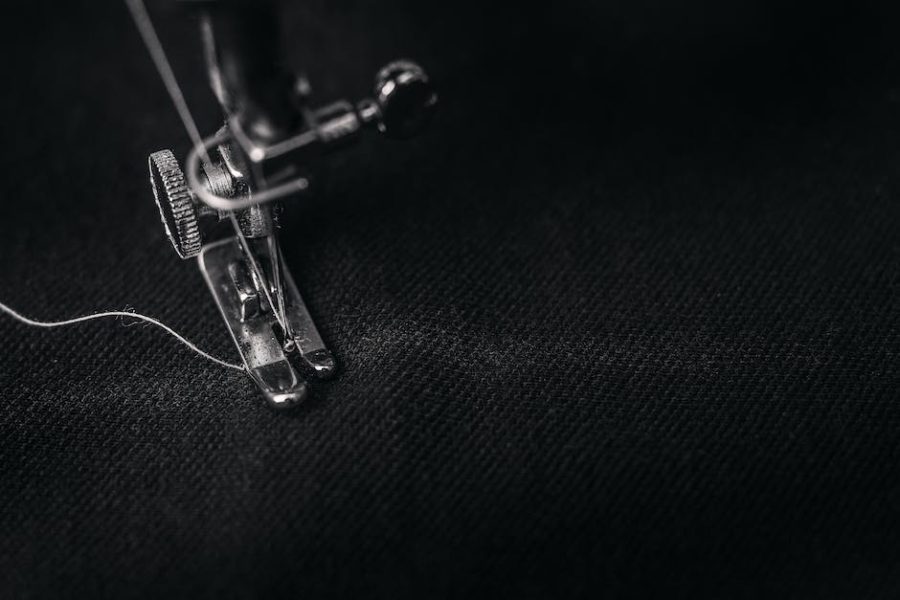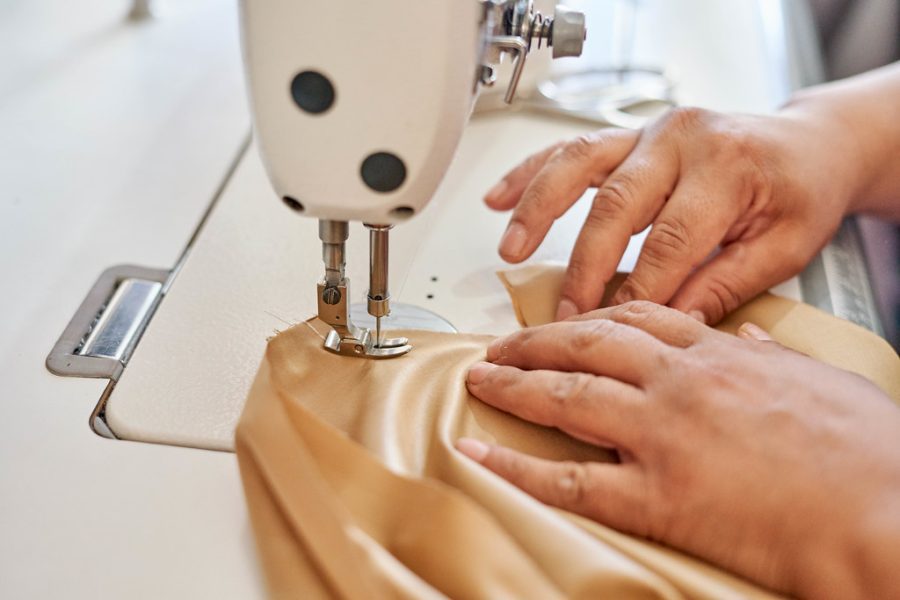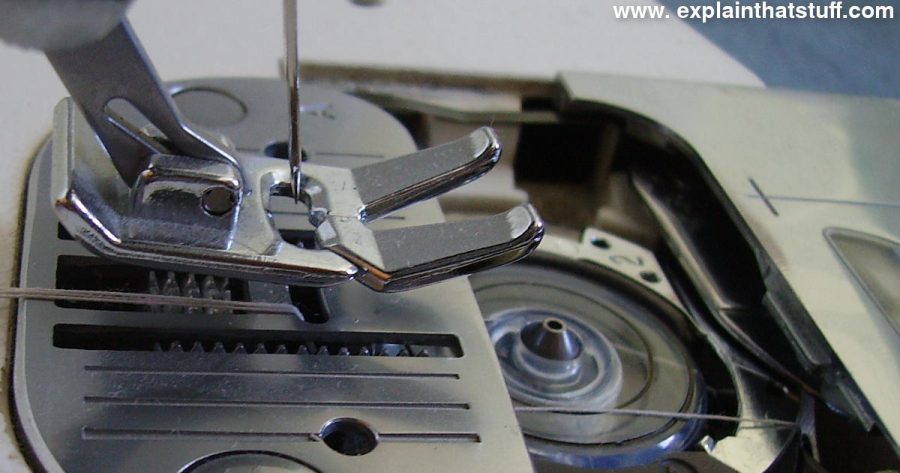Sewing machines have become an essential tool in both professional and home-based sewing projects. These remarkable devices have revolutionized the textile industry by automating the process of stitching fabrics together.
The Basics
At their core, sewing machines work by manipulating a needle with a thread to form stitches. The needle is controlled by a mechanism that moves it up and down, creating loops with the thread. When the fabric is fed under the needle, the loops intertwine to form stitches. This process is repeated continuously, allowing the creation of a neat and durable seam.
The Different Parts
While sewing machine designs may vary, they typically share common components:
- Needle: The needle pierces the fabric and carries the thread to form stitches.
- Bobbin: The bobbin holds the lower thread, which interlocks with the upper thread to create stitches.
- Shuttle/Hook: Found underneath the needle plate, it catches the upper thread’s loop and passes the lower thread through, creating a lockstitch.
- Feed Dogs: These metal teeth move the fabric along, allowing a consistent stitch length and preventing fabric slippage.
- Tension Control: Adjusts the tightness of the upper thread to ensure balanced and even stitches.
- Presser Foot: Holds the fabric in place against the feed dogs, allowing smooth and steady stitching.
Mechanical vs. Computerized
Older sewing machines are often mechanical, functioning entirely with mechanical components like gears, belts, and springs. On the other hand, modern sewing machines have embraced computerization, incorporating electric motors, microprocessors, and LED displays. Computerized options offer a wide range of stitching patterns, automatic thread cutting, and precise speed control.
The Importance of Sewing Machines
Sewing machines have undoubtedly revolutionized the textile industry and the world of fashion. These machines have fundamentally changed the way we create garments, allowing for quicker production times, more intricate designs, and consistent stitch quality. In addition, they enable anyone to pursue their sewing passion as a hobby or profession.
Whether you use a basic mechanical or a feature-rich computerized sewing machine, the underlying principle remains the same. These machines simplify the art of sewing, making it accessible to beginners while providing advanced options for seasoned veterans.
In conclusion, sewing machines operate through a precisely coordinated set of mechanisms, working to transform fabrics into beautifully stitched creations. They deliver efficiency, accuracy, and endless possibilities. Thanks to these marvelous devices, the art of sewing has evolved into a blend of creativity and innovation.
So, whether you are a professional seamstress or an amateur enthusiast, sewing machines are undoubtedly an invaluable tool you should have in your arsenal.






Interesting. I’d love to learn more about it.
This is a great question! Understanding the basics of how sewing machines work can really help sewers of all levels create beautiful and useful items. It’s also a fascinating part of the history of mechanized embroidery and apparel production – definitely worth looking into!
Wow, I did not know the details behind how a sewing machine works but that’s super interesting!
Fascinating! I never really thought about the mechanics of a sewing machine before, it’s really quite ingenious the way it’s designed.